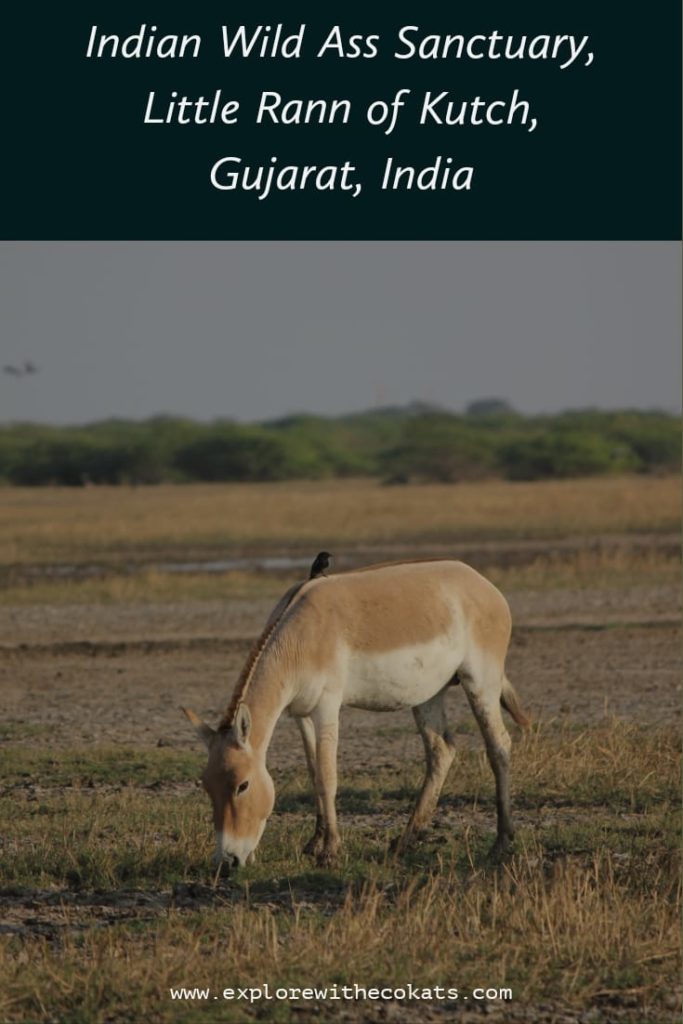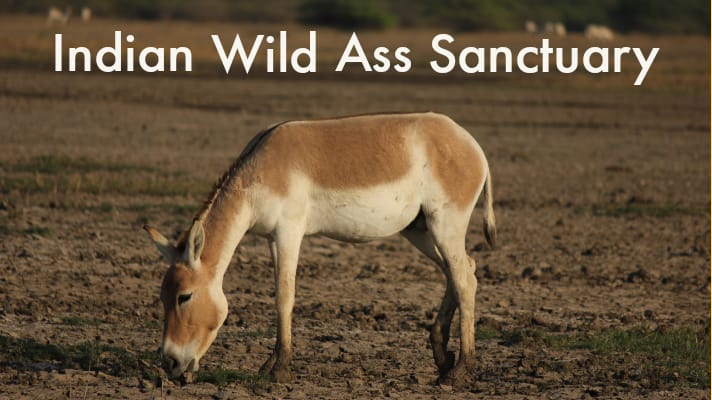Last Updated on April 13, 2022 by
Welcome to the huge marshlands with cracked patches of soil and small thorny shrubs. Locally known as Kutch nu nanu rann, Little Rann of Kutch houses the Indian Wild Ass Sanctuary. Having been to the sanctuary twice, I write a detailed blog about everything you need to know for a safari.
Table of Contents
What is Rann of Kutch
Rann means ‘Desert’. Rann of Kutch is divided into – The Great Rann of Kutch and the Little Rann of Kutch. Contrary to popular belief, the Little Rann is actually a part of the Greater Rann, and not a different entity. While the Great Rann is located in the Thar Desert Region, it is actually a salt desert, the largest in the world, the latter destination is a hub of wildlife and salt farming.
About Little Rann of Kutch
Although called Little Rann of Kutch, it is anything but little. Spread over a vast area of 5,000 sq km, it is called little because of its size in comparison with the Great Rann of Kutch which is spread over 7,500 sq km. Little Rann is nature’s bounty that offers biodiversity is wildlife, culture, people and land.
About Indian Wild Ass Sanctuary
Indian Wild Ass Sanctuary is also known as the Wild Ass Wildlife Sanctuary was established in 1972 as per the Wildlife Protection Act. Located in the Little Rann of Kutch in Gujarat it houses the endangered wild ass sub-species called Indian Wild Ass (Gudkhur in local language) belonging to Asiatic Wild Ass species. This population of wild ass is the only gene pool of Indian Wild Ass in the entire world surviving on the earth.
Indian Wild Ass is a social animal and can be spotted in groups in the vast span of desert throughout the year. They’re slightly bigger than a donkey and are fast and strong like a horse. They can run an average of 50 kilometres an hour over long distances.
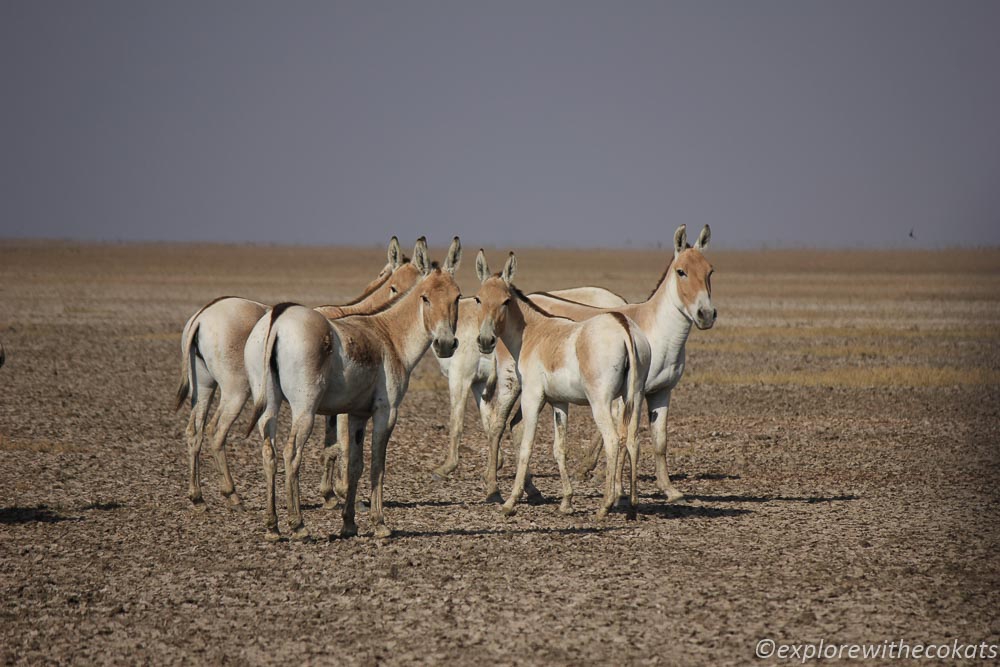
Location of Wild Ass Sanctuary
The Wild Ass Sanctuary is part of the Little Rann of Kutch and is 130 kilometres northwest of Ahmedabad, 45 kilometres northwest of Viramgam, 175 kilometres north of Rajkot, and 265 kilometres east of Bhuj. There are two main entrances to the sanctuary – Dhrangadhra and Bajana.
Safari in Indian Wild Ass Sanctuary
Unlike the regular wildlife sanctuaries or national parks, visitors can’t book a safari online. The permits can be obtained from the forest department at Dhrangadhra and Bajana. Since that is difficult to do in person if you are on a short visit, one has to depend on the local resorts to who can take care of the permits. Since they are local, they know the routes, although a route technically doesn’t exist.
There are 2 entry points namely Bajana and Dhrangadhra. Both points are over 50km from the other. Rann Riders is located near the Bajana entry point in an area called Dasada.
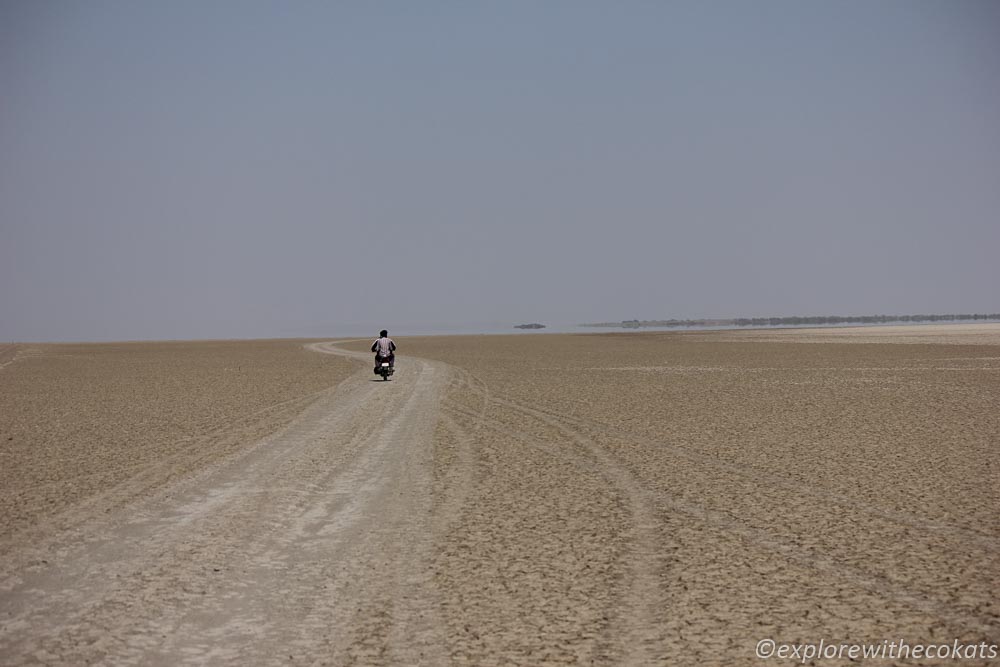
The permit fee is charged per vehicle of up to six people. During weekdays, the rate is INR 600 for Indian tourists and INR 2,600 for foreign tourists. There is a permit fee hike by 25% on Saturdays and Sundays, and 50% on holidays including Diwali, Navratri, Holi, Christmas, and New Year’s Day. It is compulsory for a guide to accompany visitors on safaris and their charge is extra – around INR 300. There is an extra camera charge of INR 200.
I have entered LRK through the Bajana entrance that is close to the wetlands where migratory birds settle in winter as well as the Dhrangadhra entrance. Dhrangadhra entrance is right on the periphery of the sanctuary so the safari time is more. While for Bajana entrance one has to stay in the towns of Zainabad or Dasada, 30-40 minutes north. Zainabad is about 10 minutes from Dasada. Read about my weekend in LRK where I entered through Dhrangadhra.
From Dhrangadhra entrance, one can visit the salt pans of the Little Rann of Kutch which is the world’s third-largest producer of common salt. The fringes of Little Rann are dotted with village settlements, agricultural fields, and man-made water bodies. The salt is harvested by local salt farmers known as Agariyas wherein they extract salt crystals from the saline water of the marsh. It is a gruelling job for 6 months.
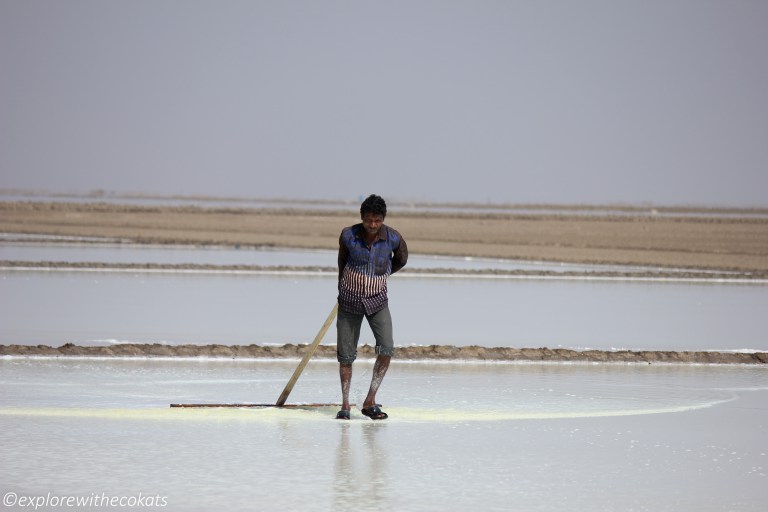
Animals in Little Rann of Kutch
Although LRK is famous for Indian Wild Ass also known as Gudkhur or Khur of Kutch, it is a haven for other mammals, birds and reptiles in the area. In addition to the khur, the area supports 29 species of reptiles, 33 mammals, 93 invertebrates, and migratory birds that visit every winter.
Mammals in LRK
The Desert Fox is one of two species of fox found in the Little Rann of Kutch. The other is the Indian Fox. They are most active at dawn and dusk when they come out in search of insects, rodents and lizards. The Indian Wolf too roams these parts. These parched lands also provide shelter to the Striped Hyena. However, the sighting of Hyenas has become rare due to the presence of dogs in the vicinity of human settlements. Other mammals here include the Indian Gazelle (Chinkara), Hedgehog, Indian Blue-Bull (Nilgai), Indian Jackal, and Desert Cats.
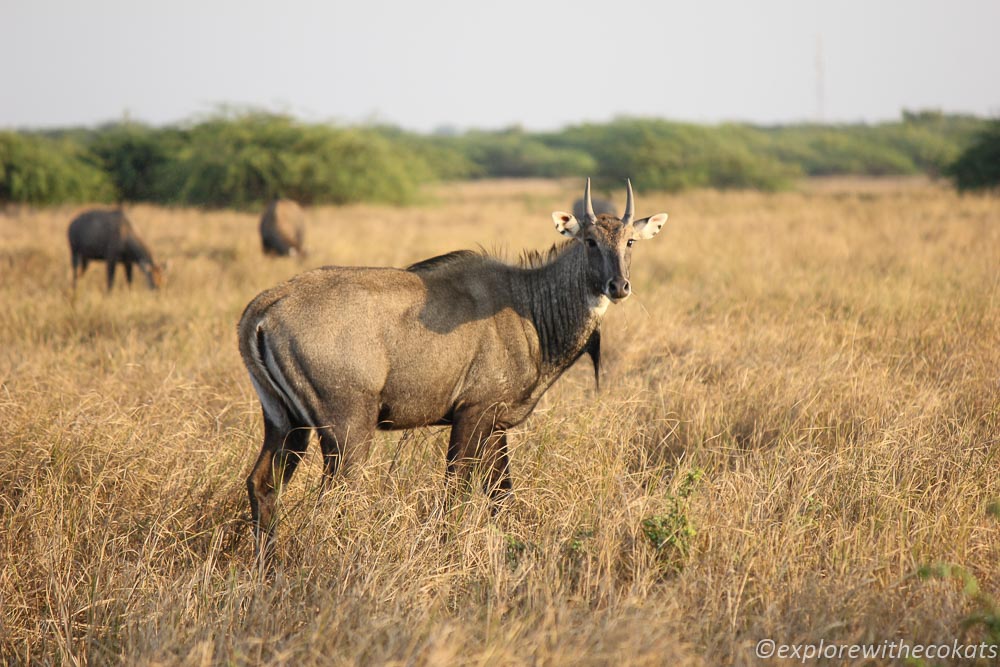
Birds of Little Rann of Kutch
Little Rann of Kutch houses water birds and raptors. The main birds found here are Owls, Bustards and Falcons. Jeep safaris in the Indian Wild Ass Sanctuary can give guaranteed sightings of large groups of larks, sand grouse, coursers, plovers, warblers, babblers and shrikes.
Among the winter visitors are the local migrants called the Painted Storks that are often seen near the water bodies of LRK. The wetlands also host populations of demoiselle cranes, flamingos, pelicans, storks, ibises, spoonbills, a diversity of ducks and various waterfowl.
Little Rann of Kutch Wild Ass Wildlife Sanctuary is the hunting land of the raptors such as the Short-toed Eagle, Peregrine Falcon, Short Eared Owl, buzzards and Harrier species. Wild Ass Sanctuary and Blackbuck National Park, Velavadar are the places where Harriers are spotted roosting in open areas.
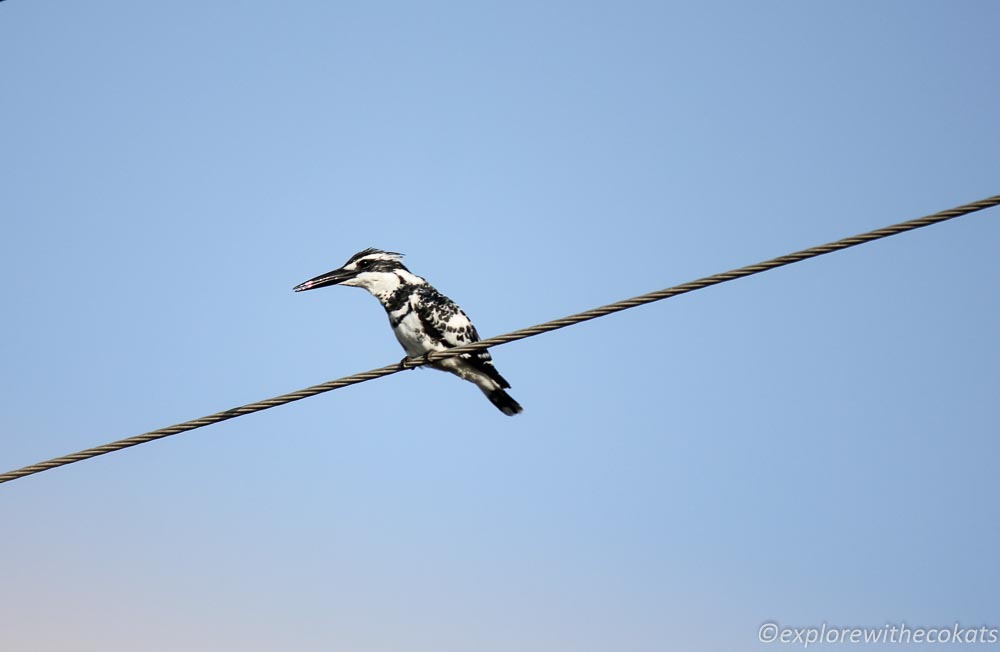
Reptiles in Little Rann of Kutch
The main reptiles in LRK are lizards, snakes and tortoises.

Best time to visit Indian Wild Ass Sanctuary
While the sanctuary is closed during monsoon (June to October), Indian Wild Asses can be spotted on dry grounds around the villages in Rann. An ideal time to visit the sanctuary is just after the monsoon and breeding season, in October to November. The grasslands are fresh and tender for grazing, and foals can often be seen out playing.
If birding in LRK is the target then the migratory season where birds meet in large numbers mainly in the winter season between October and March is the best. In the winter months, Demoiselle Cranes and Common Cranes are spotted in huge numbers.
Safari wise, dawn and dusk are good times as the light is perfect for photography and the birds and mammals are at their active best. I suggest visitors should visit the Indian Wild Ass Sanctuary for at least 2 days covering the morning and evening safaris.
Hotels and Resorts in LRK
At Dhrangadhra, one can opt to stay at Eco-camps, home of a wildlife photographer and guide Ajaybhai Dhamecha. He offers the accommodation in traditional kooba huts, which are on the edge of the Wild Ass Sanctuary. With basic facilities and homely food, visitors are served with a lot of discussion of wildlife.
Near Bajana entry point, at Dasada, Rann Riders is a great property. It is a responsibly designed eco-resort, set up by a local family. Read here in detail about Rann Riders Resort Dasada. Another resort in Dasada is Royal Safari Camp.
At Zainabad there are eco-friendly cottages called Desert Coursers and also Little Rann Resort.
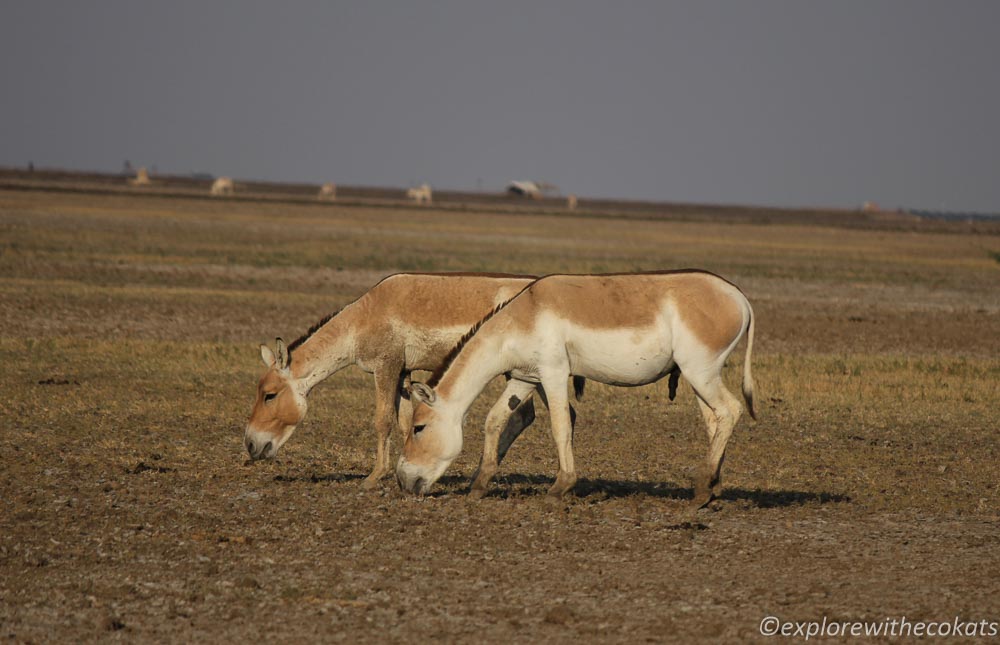
How to reach Indian Wild Ass Sanctuary, LRK
By Train: If the entry point is Dhrangadhra, then Dhrangadhra railway station is the closest as many trains stop there, and it’s connected to both Mumbai and Delhi. If the entry point is Bajana, then Viramgam railway station is closer.
By Road: LRK to Ahmedabad is approximately 2.5 hours depending upon the entry point. Dhrangadhra by road is 3 hours and Dasada or Bajana is 2.5 hours. and surroundings. Dhrangadhra is more readily accessible by public transport but can be easily reached by private cars
By Flight: Ahmedabad airport is the closest that is 110 km away from the Little Rann of Kutch Indian Wild Ass Sanctuary.
Places to visit near LRK
Patan
Another gem of the Solanki dynasty in Patan with its Rani-ki-Vav. Declared as a UNESCO World Heritage Rani-ki-Vav is a seven storeyed step-well to the water level. The entire complex is intricately carved depicting the avatars of Lord Vishnu, Hindu Goddesses, Jain idols and beautiful apsaras.
Zinzuwada
Zinzuwada also spelt Jhinjhuvada or Jhinjhuwada is a town in Dasada. The core town is surrounded by an 11th-century fort built during the rule of the Chalukya dynasty. There are inscriptions on the walls of the fort. There are four gateways in four directions; Madapol Gate, Rakshaspol Gate, Harijan Gate and Dhama Gate. Madapol Gate has fine brackets resting on the pillars and supporting the roof. It is an example of Maru-Gurjara styled gate.
Vachhraj Dada temple
Located in Little Rann of Kutch, Vachhraj Dada Temple holds religious significance among the local Rajput community in Kutch, Gujarat. Located 21 kilometres from the nearest town of Zinzuwada, visitors do not need to get a permit as they are considered pilgrims. The Vachhraj Dada Temple offers free to stay and food to all pilgrims who wish to spend the day in the temple.
Modhera Sun Temple
Modhera Sun Temple is an 11th-century temple dedicated to Sun God. It is easily one of the finest architectural examples of the Solanki dynasty. The Modhera Sun temple walls are adorned with deities, birds, flowers and various stories from the Ramayana and Mahabharata. There are idols symbolizing God Indra, Varuna and Vishwakarma. There are many erotic carvings on the wall like Konark Sun Temple which symbolize the human cycle of birth and death.
The temple features carved Torana mounted on Kirti Stambha (pillars of victory) as the entrances, a large rectangular stepped shrine with 108 smaller shrines, an exquisite 52 pillared Sabha Mandap, and a Sanctum Sanctorum.

Tips for a sustainable trip to Indian Wild Ass Sanctuary
- Wear camouflage colours that will easily blend with the desert – pale colours like beige, cream, light brown.
- Do not make noises when you spot a bird, it may get distracted and fly away.
- Do not wear perfumes or body spray in the desert.
- Carry water and food for the long 3-hour safari. But do not dispose of plastic or leftover food in the desert. Keep it in your bag or jeep and dispose of it safely once you return to the hotel.
- Do not feed anything to wild animals.
Disclaimer – This post may contain affiliate links. It means it adds no extra cost to you if you book through the link but I get a referral bonus which helps me earn a little to keep this website up and running.
Pin this post!
